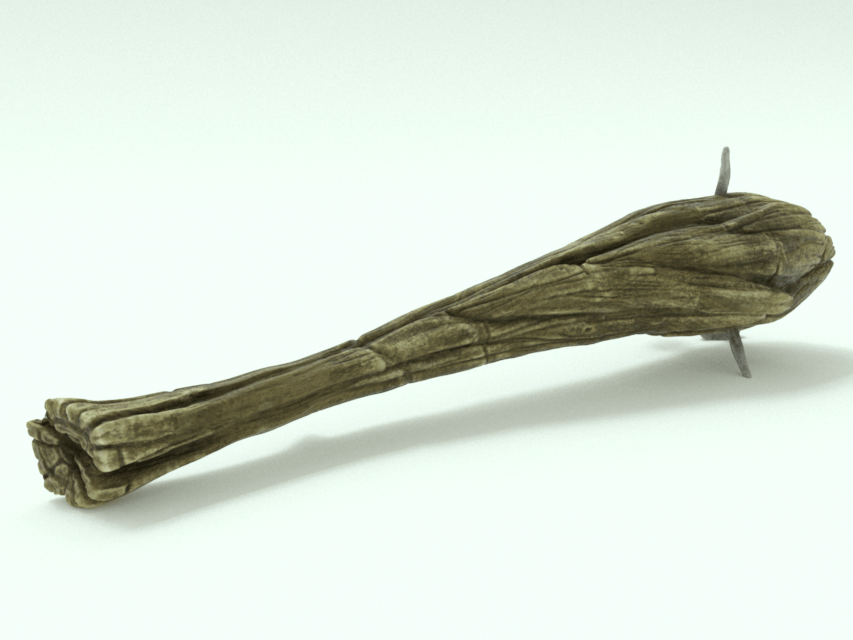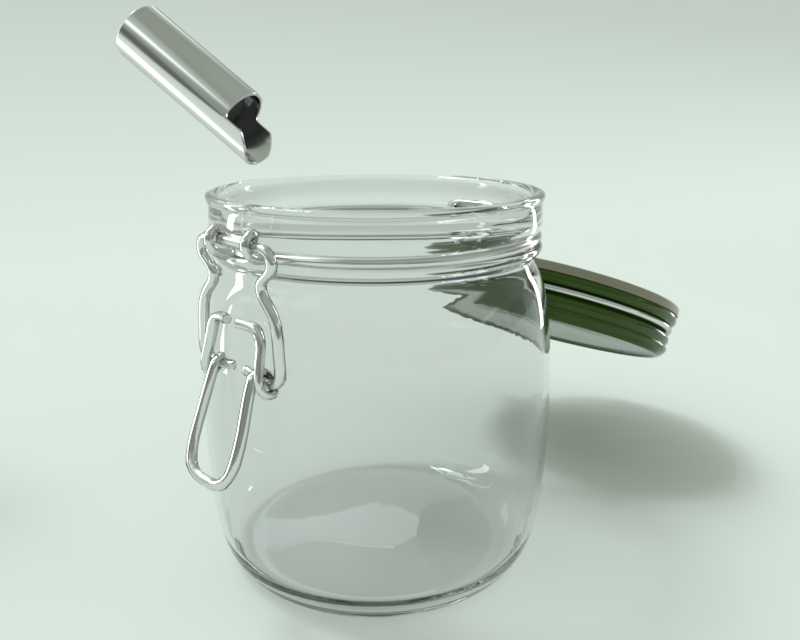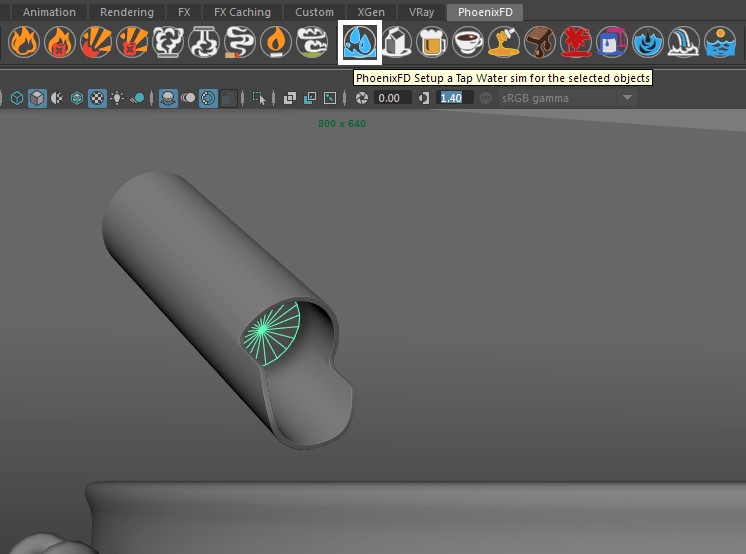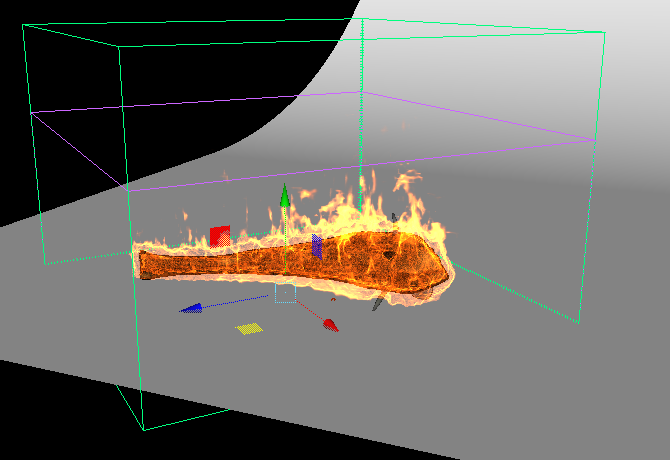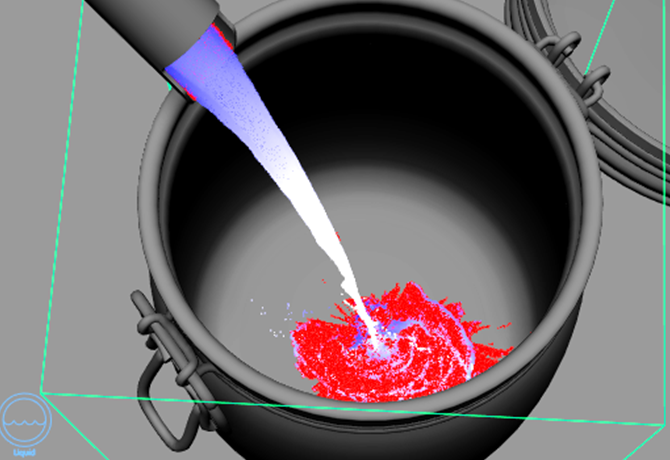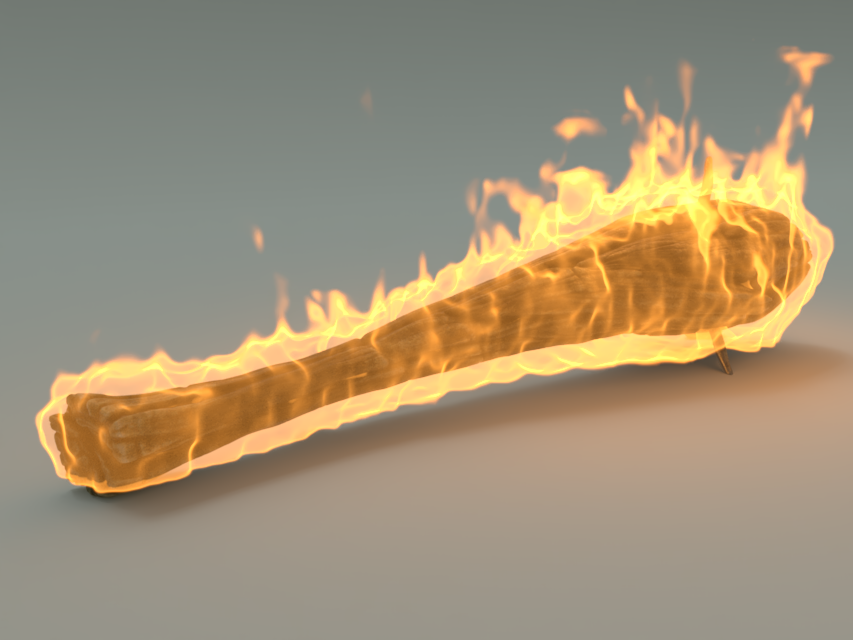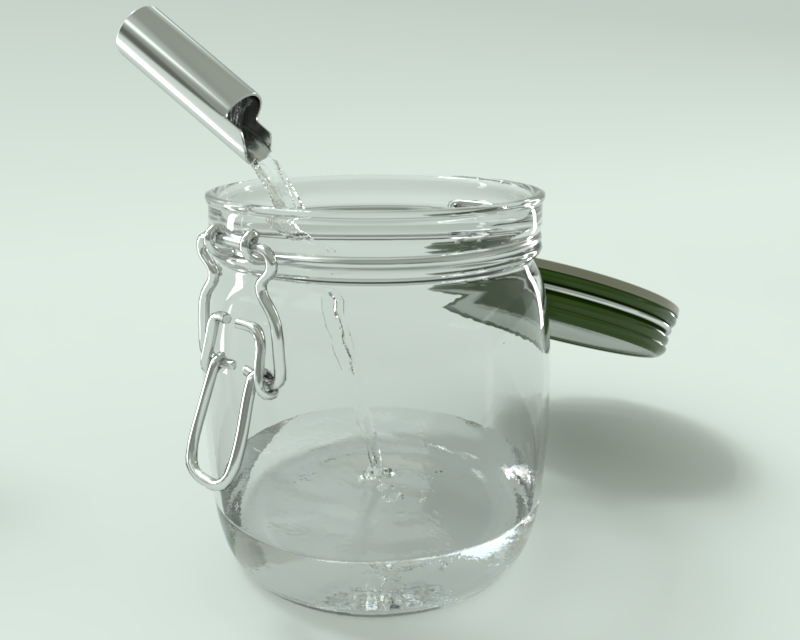This page contains information on getting started with Chaos Phoenix for Maya.
Overview
This is an Entry Level tutorial which requires no previous knowledge of Phoenix. A basic understanding of 3ds Max would be helpful but is not a prerequisite for being able to follow along.
You can download official Phoenix and V-Ray from https://download.chaos.com.
Phoenix uses Simulation objects in the scene to create fire and liquid effects. Several Quick Simulation buttons in the Phoenix Shelf can create these elements for you, with settings for common scenarios. You can also create these objects and helpers manually from the Phoenix Menu.
If you are just getting started with Phoenix, it is recommended that you use the Quick Simulation buttons and become familiar with the scene elements they create. As your experience with Phoenix increases, you will be in a better position to create these scene elements manually and set parameters appropriately.
Preparing a Simulation
To create a simulation, you'll need an object or objects to emit the fire or liquid, called emitters. Emitters can be ordinary Maya poly models such as a Sphere, Box, Cylinder, etc.
The following example shows wooden club object ready for burning. For the fire setup, the club itself will be the emitter.
For a liquid simulation of pouring liquid, you can also include a vessel to catch or deflect the liquid. For example, for a simulation of beer pouring into a glass, you'll need an object to represent the beer glass that will deflect and contain the falling liquid.
The following example shows a simple setup for water coming out of a spigot. For the water setup, a small planar object inside the spigot (not visible in the image) will emit the water, which will fall into the jar.
When possible, build emitters and vessels to real-world scale. Since Phoenix uses real-world calculations to create its effects, working with real-world units will make your work much easier.
Fire Simulation
To create a fire simulation, select the object(s) you wish to burn and click the Fire Quick Simulation button on the Phoenix Shelf.
The Fire Quick Simulation button creates three objects in the scene and sets up their parameters for a fire simulation:
- PhoenixSimulator - A box-shaped object that represents the grid within which the simulation takes place. The grid shape encompasses the emitter objects and also leaves space above the objects for the fire to flow. This non-rendering object is required for the simulation.
- PhoenixSource - Labeled Fire in the viewport, this component associates the emitter(s) with the simulation. This object is required for the simulation.
- PhoenixTurbulence - Labeled Turbulence in the viewport, this force component creates turbulence in the simulation. This object is optional, and is added to the Quick Simulation setup to improve the results of the simulation.
With all the scene elements in place, you can now run the simulation. See Running the Simulation below for the next steps.
Liquid Simulation
To create a liquid simulation, select the emitter object(s) and click the Tap Water Quick Simulation button on the Phoenix Shelf.
Here, the small planar object inside the spigot is selected as the emitter.
The Liquid Quick Simulation button creates two objects in the scene and sets up their parameters for a liquid simulation:
- PhoenixSimulator - A box-shaped object that represents the grid within which the simulation takes place. The grid shape encompasses the emitter objects and also leaves space below the objects for the liquid to flow. This non-rendering object is required for the simulation.
- PhoenixLiquidSource - Labeled Liquid in the viewport, this component associates the emitter(s) with the simulation. This helper is required for the simulation.
In this case, the Grid that was automatically created is not large enough to encompass a simulation of water flowing down the trough.
To increase the Grid Size, select the Simulator and change the X/Y/Z size parameters in the Grid rollout.
For objects that will contain or deflect the liquid, there is no need to select them as deflectors or collision objects. Phoenix will automatically detect them when the simulation is run, and will cause the liquid to react appropriately when it hits them.
A liquid simulation uses geometry face normals to deflect and contain liquid, so any geometry that the liquid will hit needs to have its normals oriented to point away from the deflecting surface. If an object created with certain Maya tools such as the Revolve tool, it is not uncommon to find that the default normals point inside the vessel rather than outward from it. With such an object, the flow of the liquid won't be contained; the liquid will flow right through it.
Running the Simulation
Once all the necessary scene elements are in place, you can run the simulation to see the fire or liquid effects in action.
- Select the Phoenix Simulator object (the box around the emitters).
- In the Attribute Editor, locate the Stop Frame parameter in the Simulation rollout. Increase this value from 0 to a larger frame number such as 30.
- In the Simulation rollout, click the Start button. The simulation will start running.
While running the simulation, you will see the fire or liquid flowing in the active viewport.
In addition, the Grid might expand beyond its original size to allow the effect to flow into a larger area.
You can also select other objects and continue working on the scene while the simulation runs.
In a liquid simulation, you will see the liquid particles react to gravity and also get deflected or contained by any scene geometry they encounter, such as the jar. This collision detection occurs by default, even though you have not specifically designated the jar geometry as a deflector or collision object.
If you wish to stop the simulation before it reaches the Stop Frame, select the Simulator and click the Stop button in the Simulation rollout.
When the simulation is complete, render the scene as usual. The simulated effects will appear in the rendering.

